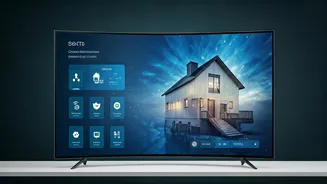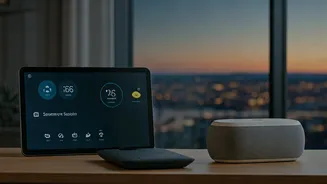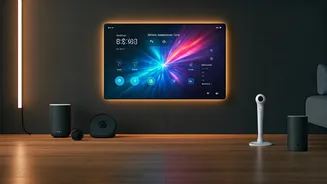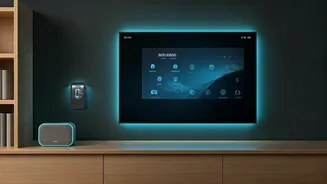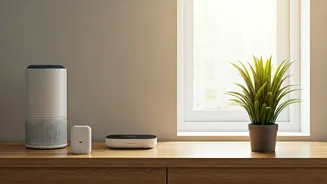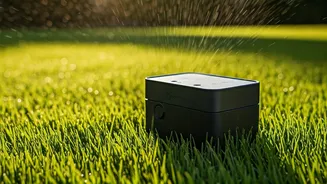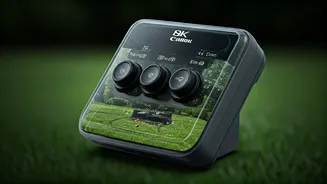Smart Home Basics
Smart home technology encompasses a range of devices and systems designed to automate and control various aspects of a home. These systems usually rely
on the Internet of Things (IoT), where devices connect and communicate with each other. This interconnectivity allows homeowners to manage lighting, climate, security, entertainment, and other functions using smartphones, tablets, or voice assistants. The underlying purpose is to enhance convenience, comfort, and security, while also increasing energy efficiency. Integrating these technologies can be as simple as installing a smart lightbulb or as complex as a complete home automation system that controls all appliances and systems. The ease of access and control from a remote location gives homeowners unprecedented oversight of their homes. Key categories often include smart assistants, home security solutions, environmental controls and entertainment setups. The benefits are numerous, including improved safety, cost savings, and a higher quality of life.
Smart Assistants Revealed
Smart assistants, such as those integrated into smart speakers, act as the central hub for a smart home setup. They use voice recognition and natural language processing to understand commands and queries from users. These assistants can control various devices, provide information, play music, set timers, and even control complex home automation scenarios. The user experience is typically intuitive, with a focus on simplicity and ease of use. Popular smart assistants have extensive integrations with other smart home products, making it straightforward to connect and control diverse devices. Furthermore, smart assistants are continuously evolving with updates and added features that enhance their capabilities and usefulness. They learn user preferences over time, leading to a more personalized and adaptive experience. These digital helpers are designed to simplify daily tasks and streamline home management with convenient voice commands. Their role expands beyond basic controls, supporting smart home routines and allowing for remote access and management.
Enhancing Home Security
Smart home technology significantly upgrades home security. Smart security systems often integrate door and window sensors, motion detectors, and surveillance cameras to monitor activities inside and outside the home. When unusual activity is detected, homeowners can get real-time alerts on their mobile devices. The systems may also integrate with professional monitoring services, providing an additional layer of safety. Smart locks provide keyless entry and allow homeowners to control access to their homes remotely. Video doorbells offer visual identification of visitors and allow for two-way communication, improving safety and convenience. This integration of smart devices creates a more comprehensive and proactive approach to home security, giving homeowners increased control and peace of mind. Moreover, the capacity for remote monitoring means homeowners can keep tabs on their property from anywhere. With advanced features such as facial recognition and integration with emergency services, these systems provide a powerful defense against threats.
Environmental Controls Simplified
Smart home technology plays a crucial role in optimizing environmental controls. Smart thermostats regulate the temperature in a home, learning user behavior and automatically adjusting settings to maximize energy efficiency and comfort. Smart lighting systems allow users to control lighting levels and color temperatures, creating customized lighting scenes that suit their needs. Smart blinds and shades can be programmed to open and close automatically based on time of day, weather conditions, or user preferences. Smart air purifiers and air quality monitors track and improve the air quality indoors, contributing to a healthier living environment. Smart sprinkler controllers help manage water usage, adjusting irrigation schedules based on weather forecasts and soil moisture levels. The seamless integration of these environmental controls into a smart home system can considerably reduce energy consumption and improve indoor comfort, adding to a more sustainable and pleasant living space. Additionally, this also grants homeowners more control over their home's comfort and environmental impact.
